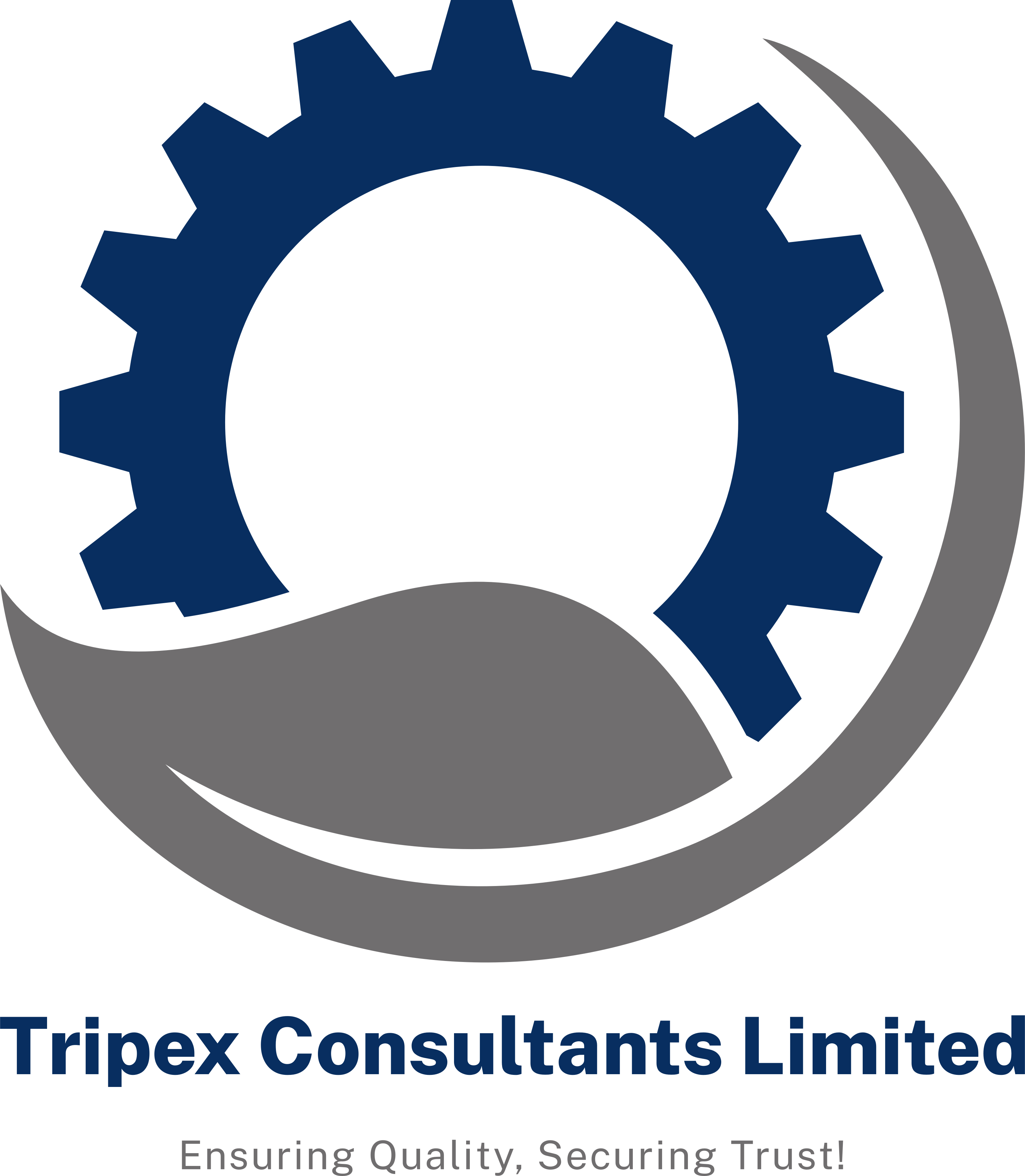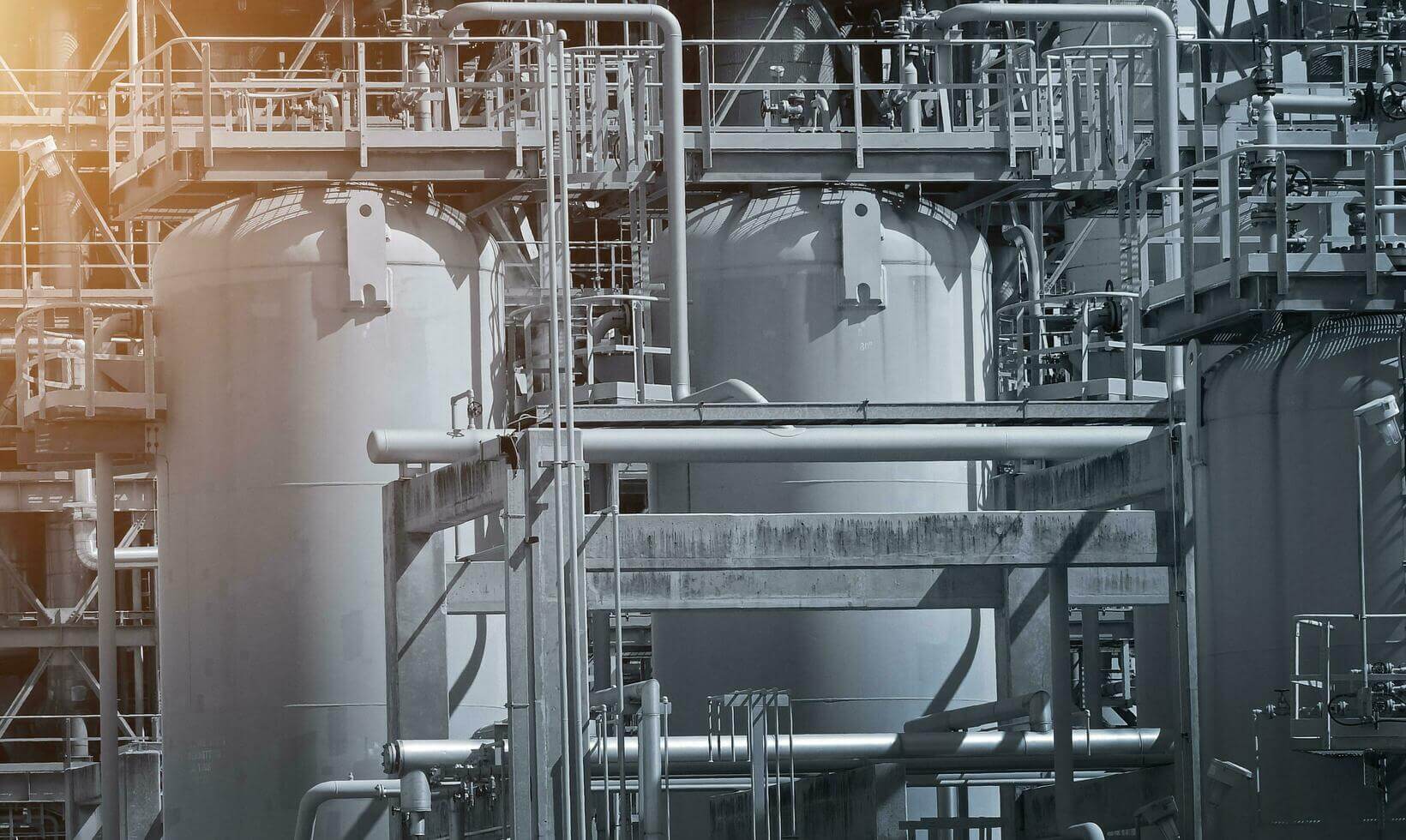API 510 Pressure Vessels Inspection Services
API 510 is a standard published by the American Petroleum Institute (API) that provides guidelines for the inspection, repair, alteration, and rerating of pressure vessels used in the petroleum refining, petrochemical, and chemical processing industries. Pressure vessels are containers designed to hold fluids or gases at pressures higher than atmospheric pressure.
API 510 pressure vessel inspection involves a thorough examination of pressure vessels to ensure their integrity, reliability, and compliance with regulatory requirements.
API 510 inspection process involves:
- 1. Scope of Inspection: Determine the scope of the inspection based on factors such as the type of pressure vessel, design specifications, operating conditions, service history, and regulatory requirements.
- 2. Inspection Planning: Develop an inspection plan outlining the specific inspection activities, techniques, and schedule. Consider factors such as the vessel's design, fabrication, installation, materials of construction, and potential degradation mechanisms.
- 3. Visual Inspection: Conduct visual examinations of the pressure vessel's external surfaces, welds, attachments, supports, and appurtenances to identify signs of corrosion, leaks, physical damage, or other abnormalities.
- 4. Thickness Measurements: Perform ultrasonic thickness measurements at various locations on the pressure vessel to assess the remaining wall thickness and detect any corrosion, erosion, or thinning.
- 5. Non-Destructive Testing (NDT): Use NDT techniques such as radiographic testing (RT), magnetic particle testing (MPT), liquid penetrant testing (LPT), and ultrasonic testing (UT) to detect and assess defects such as cracks, weld flaws, and material degradation.
- 6. Pressure Testing: Conduct hydrostatic or pneumatic pressure testing to verify the pressure vessel's structural integrity and leak tightness. This may involve filling the vessel with a test fluid and pressurizing it to a specified pressure level while monitoring for any leaks or deformations.
- 7. Fitness for Service (FFS) Assessment: Evaluate the pressure vessel's fitness for continued service based on API 579/ASME FFS-1, which provides guidelines for assessing the structural integrity of equipment and piping systems.
- 8. Risk-Based Inspection (RBI): Implement a risk-based inspection program to prioritize inspection activities based on factors such as the vessel's design, operating conditions, probability of failure, consequences of failure, and risk mitigation measures.
- 9. Reporting and Documentation: Document inspection findings, including the condition of the pressure vessel, any defects or anomalies detected, and recommendations for repair, replacement, or maintenance. Maintain comprehensive records of inspection activities for regulatory compliance and future reference.
API 510 pressure vessel inspection helps ensure the safe and reliable operation of pressure vessels by identifying and addressing potential integrity issues before they lead to leaks, ruptures, or other catastrophic failures. Compliance with API 510 standards helps minimize risks to personnel, the environment, and assets while maximizing the efficiency and longevity of pressure vessel assets.
FAQs:
The inspection involves visual checks, ultrasonic thickness testing, radiographic testing, and other NDT methods to assess corrosion, weld integrity, and overall structural condition.
API 510 applies to pressure vessels, heat exchangers, and air receivers used in process industries, ensuring their continued safe operation.
It helps prevent equipment failures, ensures regulatory compliance, extends asset life, and improves maintenance planning.



